David Bowie - Ziggy Stardust
There is no alter-ego more iconic than David Bowie's Ziggy Stardust. The character was a bisexual, glam-rock-loving alien, who had come down from space to bless us with his presence, although he was slightly worried he'd blow our minds, according to the song Starman.
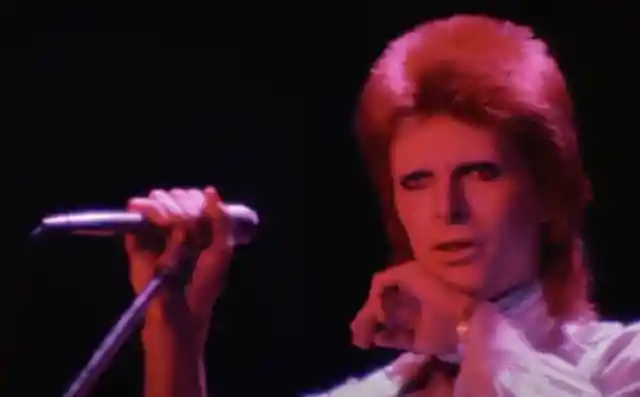
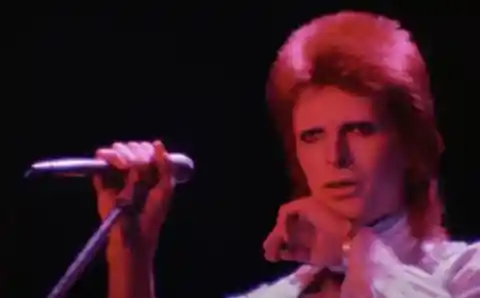
The success of Ziggy Stardust worried Bowie a little, as he soon killed off the character so as not to get stuck with it permanently. This was not before he had released The Rise and Fall of Ziggy Stardust and The Spiders From Mars, one of the greatest records of all time.
The Beatles - Sgt. Pepper's Lonely Hearts Club Band
Having become tired of the stresses of touring and playing in front of stadiums full of screaming teenagers every night, The Beatles felt they had to escape 'Beatlemania'. Paul McCartney devised the plan of making a record while pretending to be a different band.
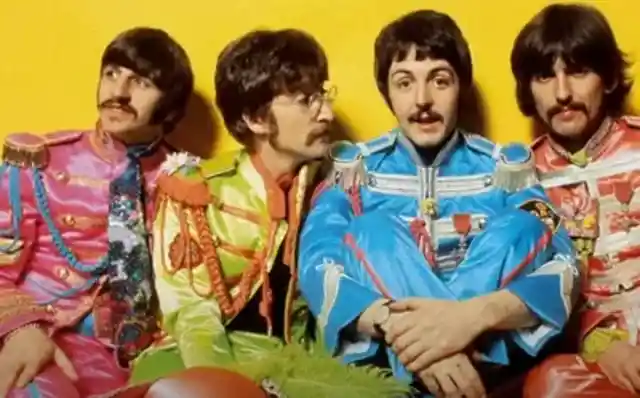
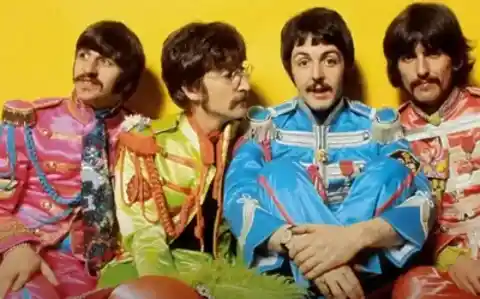
The record they made, Sgt. Pepper's Lonely Hearts Club Band, went on to become one of the most influential albums in the history of pop music. It defined youth counterculture in the mid-to-late-'60s, and is regarded as one of the first concept albums ever released.
Simon & Garfunkel - Tom & Jerry
When Paul Simon and Art Garfunkel first began making their way into the music business, industry standards were very different. The teenage pair originally wanted to perform under the name Simon & Garfunkel, but they were told their names sounded 'too ethnic'.
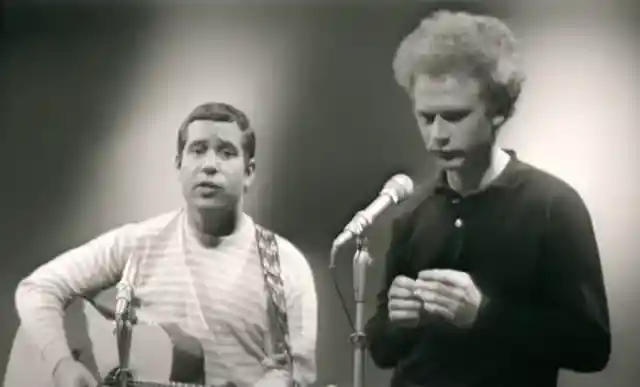
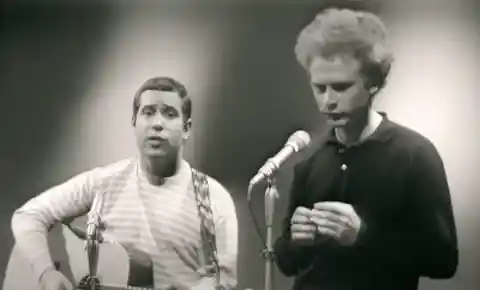
Big bosses at the record label thought that this would damage record sales, so the pair decided to perform under the names Tom & Jerry. The duo's career really began to take off and sales began to rise after they changed their performing name back to Simon & Garfunkel.
David Bowie - The Thin White Duke
David Bowie's most controversial alter ego came in the form of The Thin White Duke, a character that he portrayed for just under a year, between 1975 and 1976. Bowie described the character as a fascist, would-be romantic, void of any outward emotion.
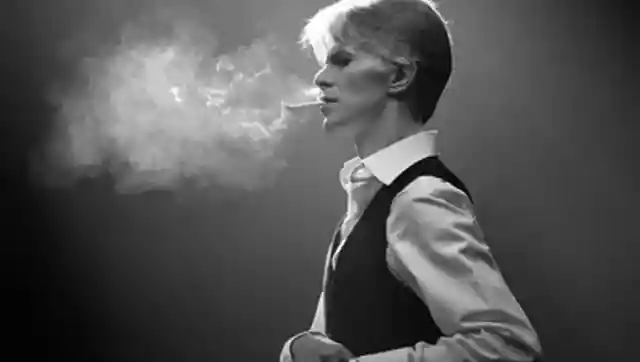
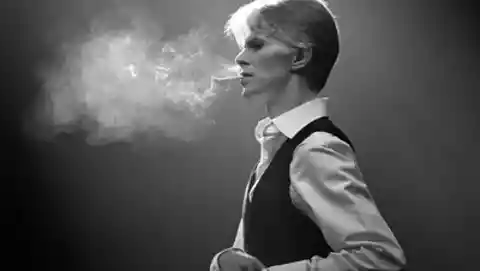
Visually, The Thin White Duke was Bowie's most conventional alter ego, sporting slicked-back blond hair, a waistcoat, and a white shirt. The character's views were not conventional, however, making extreme, right-wing remarks that didn't line up with Bowie's traditional demeanor. The singer later described the character as theatre, attributing all of the questionable things he said to the role he was playing.
The Smiths - Ann Coates
The Smiths always saw themselves as a closed group, often rejecting the help of other musicians to help out with recording. For example, instead of getting a real string quartet to close There Is A Light That Never Goes Out, Johnny Marr opted to use a bit of kit that made his guitar mimic the sound of violins.
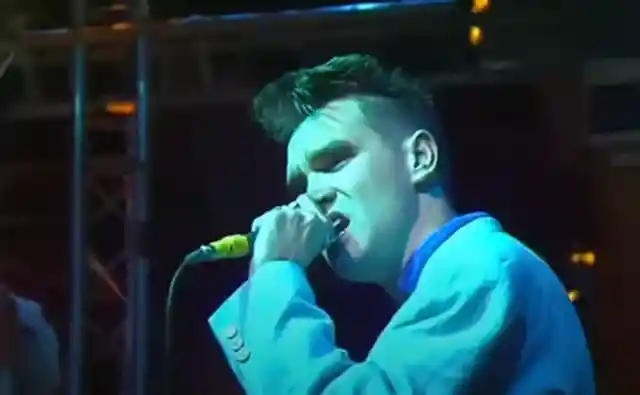

The same thing occurred when the group decided that Bigmouth Strikes Again needed backing vocals on a higher register. Instead of recruiting a female singer, Morrissey did it himself, with recording engineer Stephen Street shifting the pitch on the vocal post-recording. This higher-pitched voice was credited as Ann Coates, a reference to Ancoats, an area situated around Manchester's Northern Quarter.
Paul McCartney - Percy Thrillington
Following the success of 1971's Ram, and seemingly having very little else to sink his teeth into, Paul McCartney decided to record a big-band version of the album, which was released in 1977, under the name, Thrillington.
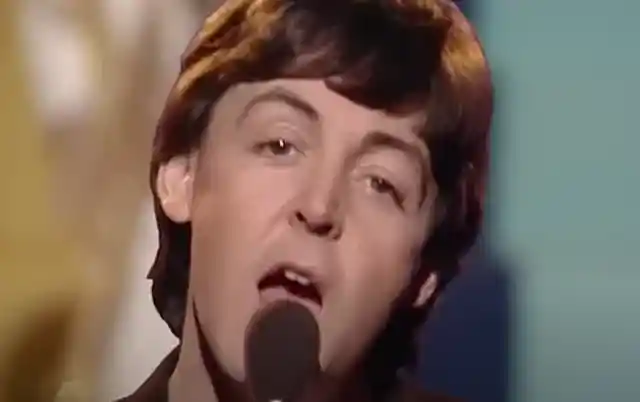
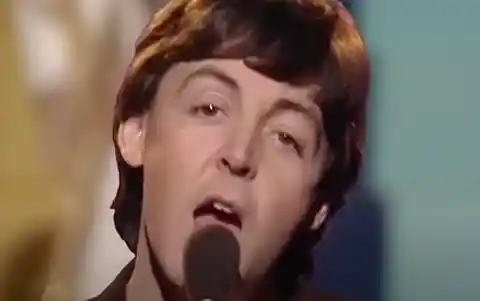
The record was released under the anonymous pseudonym of, Percy 'Thrills' Thrillington, with McCartney taking out adverts in newspapers to promote the record. He even made up and entire backstory for the character which can be found in the record's liner notes. McCartney kept his direct association with the character quiet until 1989.
Prince - Camille
Prince's alter ego Camille is rather unique in the fact it never fully materialized. The singer had made a full album of 'Camille songs' which eventually took a backseat with 1987's Sign O' The Times taking its place instead.
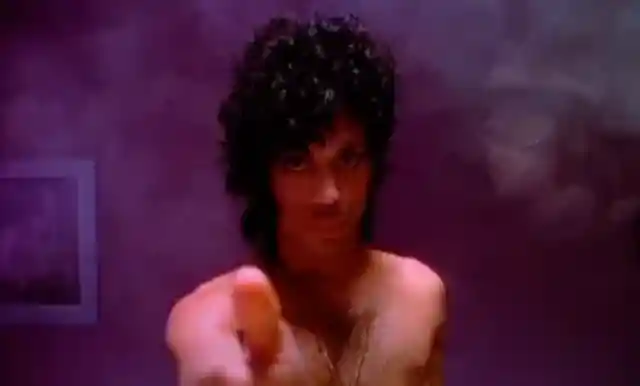
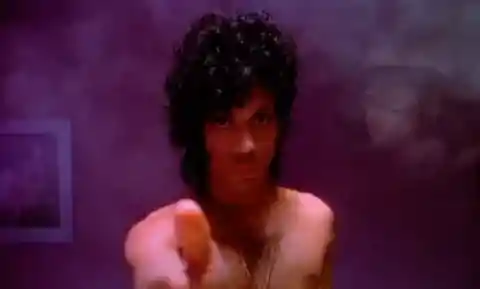
Camille was a gender-fluid, mysterious character with a much higher singing voice than Prince himself. This voice was achieved by Prince singing the songs at a slower tempo, before speeding the recordings up to match the speed of the backing tracks.
Eminem - Slim Shady
Rap music isn't unfamiliar with alter egos, it has been done since the genre's conception in the 1970s. However, it was Eminem's Slim Shady character that fully thrust him into the mainstream, with his Slim Shady EP and Slim Shady LP proving to be an enormous commercial success.
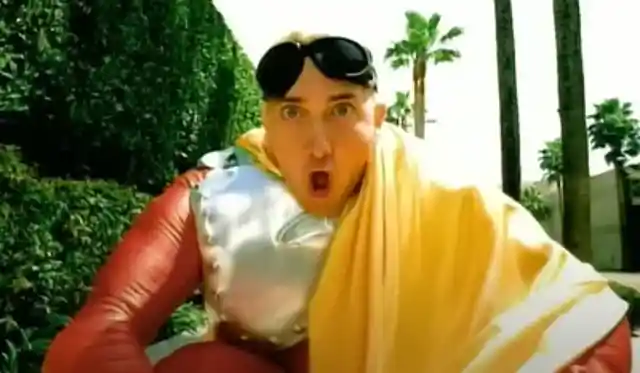
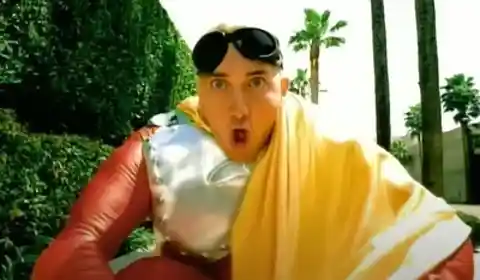
There was nothing drastically different between Slim Shady and Eminem, other than the fact Shady was considerably angrier. Eminem has said in a handful of interviews that Slim Shady offers him the space to be angrier, and vent more of his frustrations.
Leon Russell - Hank Wilson
Leon Russell had been active in the industry for almost two decades, mainly working within the realm of rock 'n' roll, blues, and gospel music, before he invented his country-loving alter ego Hank Wilson (not to be confused with country music icon Hank Williams).
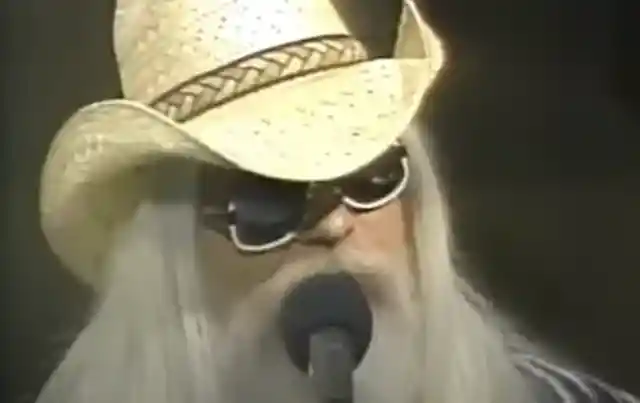

Russell released Hank Wilson's Back! in 1973, a collection of country and bluegrass classics. Russell would go on to release two more country cover albums, Hank Wilson, Vol. II, over a decade later in 1984, and Hank Wilson, Vol. III: Legend in My Time in 1999.
David Bowie - Major Tom
Major Tom has existed in Bowie's stratosphere since his self-titled album David Bowie came out in 1969. He was last mentioned in Bowie's Blackstar album which came out just days before his death in 2016. The character is far from simple, with Bowie's perceptions of him changing throughout the years.
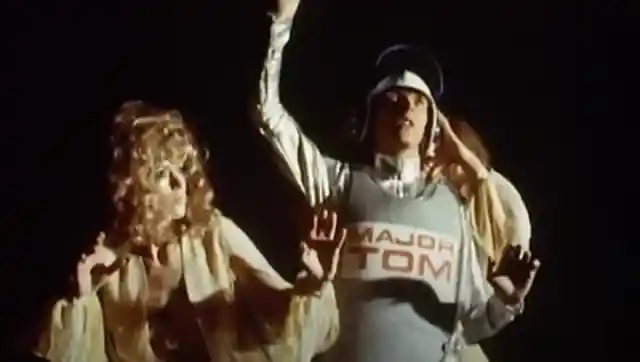
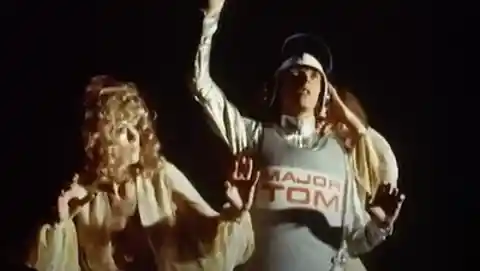
The initial description of Major Tom, taken from Bowie's 1969 track Space Oddity, is that he's an astronaut who escaped his woes on planet Earth in order to explore the stars. Escapism follows Major Tom throughout his many references in Bowie's work.
Paul McCartney - The Fireman
When The Fireman's 1993 ambient-electronic album Strawberries Oceans Ships Forest first came out, there was a bit of confusion surrounding the identity of The Fireman himself. A lack of promotional interviews and television appearances heightened this mystique.


It turns out that the brains behind the project were none other than former Beatle Paul McCartney, and the producer Martin Glover, also known as Youth. The album consists of multiple samples from McCartney's solo work and work with the band Wings.
Bono - The Fly
The Fly was one of Bono's many alter egos that he adopted for U2's Zoo TV tour, which took place between 1992 and 1993. The character was dressed in an all-black leather outfit, with wraparound sunglasses, intended to resemble the eyes of a fly.
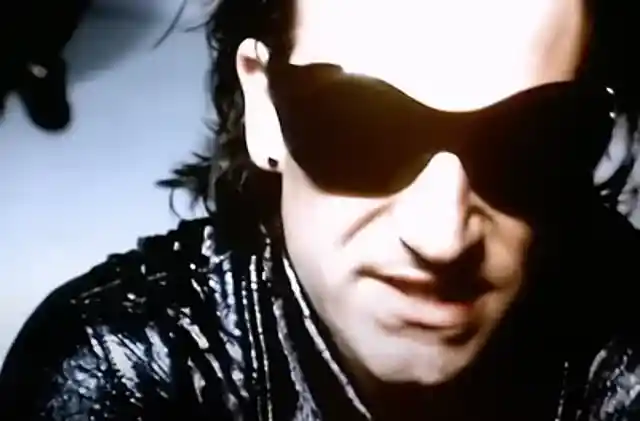
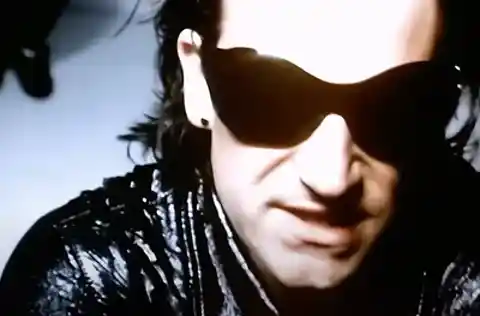
The alter ego spawned from the U2 song, The Fly, released the year prior to the Zoo TV tour. It was the band's second UK number-one single, with its lyrics and music video featuring references to Bono's new-found alter ego.
John Lennon - Dr. Winston O'Boogie
Despite being one of the most successful musicians to ever walk the planet, John Lennon's only US number-one single was credited to Dr. Winston O'Boogie. Lennon first adopted the alter ego when working with singer/songwriter Harry Nilsson, but the name spilled over into some of his solo work.
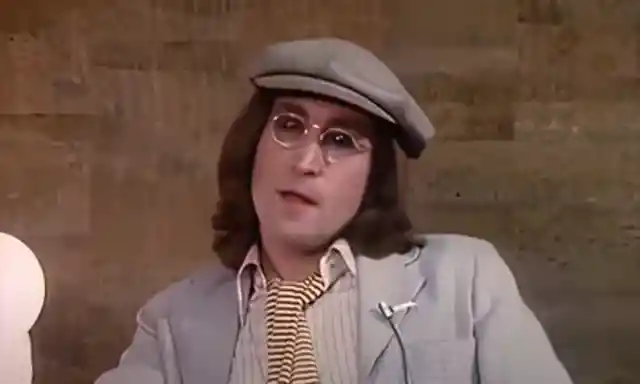
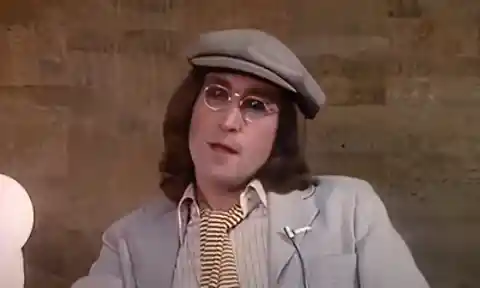
This work included Whatever Gets You Thru The Night. The song features Elton John, who made a bet with Lennon that the song would end up number one in the US. It went on to top the charts, and for losing the bet, Lennon would have to perform on stage with Elton in New York. It was Lennon's final stage appearance before his death in 1980.
Jarvis Cocker - Darren Spooner
Jarvis Cocker loves a side project, dipping his musical fingers into many different styles and genres throughout his career. One of these projects was Relaxed Muscle, a slightly heavier band than one would usually associate with Jarvis Cocker.


In Relaxed Muscle, Cocker played the part of Darren Spooner, an ex-covict, who claimed to represent the sound of young Doncaster, a working-class city in the north of England. While playing Spooner, Cocker would often get up on stage wearing skeletal face paint.
David Bowie - Aladdin Sane
After somewhat prematurely ditching his Ziggy Stardust character after just a year in 1973, Bowie morphed into Aladdin Sane, a grittier, rockier version of Stardust. The two characters were linked, with Aladdin Sane being a less clear cut version of Ziggy.
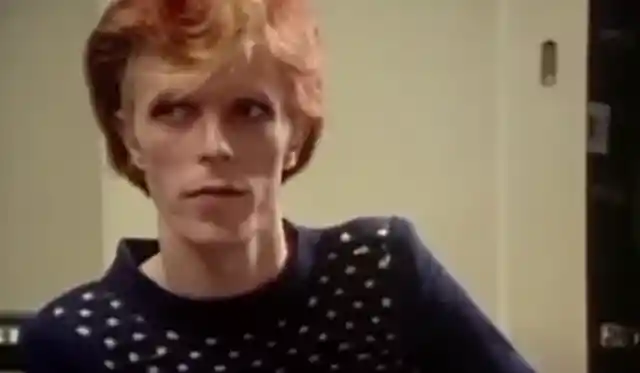
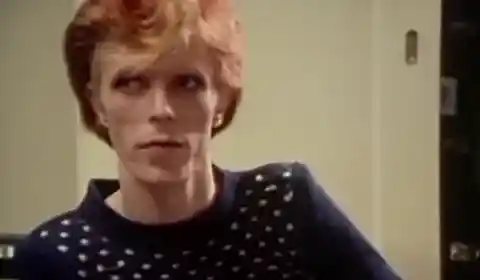
The inspiration for the character came when Bowie was touring Ziggy Stardust in America, something which he didn't enjoy at all, being a naturally quiet and reserved person. He described the character as 'schizophrenic', which was ultimately reflected in Bowie's Aladdin Sane record.
Beyoncé - Sasha Fierce
Beyoncé developed her short-lived character Sasha Fierce in the 2000s in an attempt to make it easier for her to separate her quieter, shy, private side from her extroverted, sexy stage persona. The album, I Am... Sasha Fierce signaled a huge step forward for Beyoncé's career.
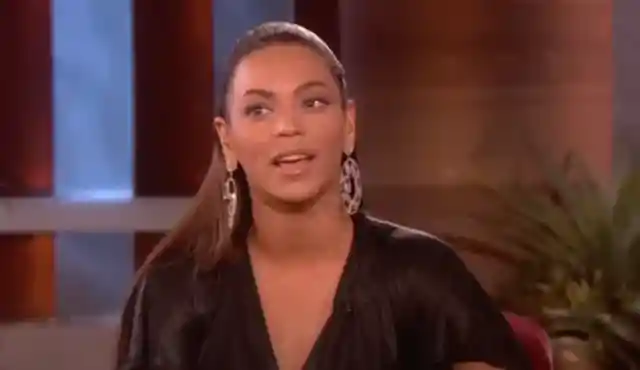
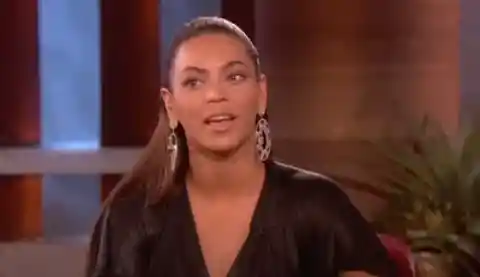
The record featured some of the singer's biggest hits, including Single Ladies (Put a Ring On It), Halo, and, If I Were A Boy. She describes the record as a double album, with one side featuring mainstream pop, and the other side being more traditional R&B.
Madonna - Madame X
In the midst of a career revival in 2019, pop royalty Madonna adopted the alter ego Madame X, which gave her the freedom to vary her style. Vary it she did, creating an album that sees her sing in Spanish, Portuguese, and of course, English.


According to Madonna, Madame X is a secret agent, who travels around the world constantly changing identities. This was inspired by Madonna's move to Lisbon, and her new found partnerships with a range of traditional Portuguese musicians and performers.
Neil Young - Bernard Shakey
American music legend Neil Young is most notable for being part of Crazy Horse, Buffalo Springfield, and Crosby, Stills, Nash, and Young, as well as having an impressive solo discography. He has also had a slightly lesser known career in cinema.


Young has been making movies for decades under the pseudonym Bernard Shakey. These movies have ranged from the concert performances of his various bands as well as fiction work, with Young directing feature films, such as 2003's Greendale.
Jim Morrison - Mr. Mojo Risin'
You're not usually meant to give yourself your own nickname, but if you're Jim Morrison you can probably get away with it. The Doors singer once stumbled upon the fact that if you rearrange the letters of his name, you can spell out, Mr. Mojo Risin'.
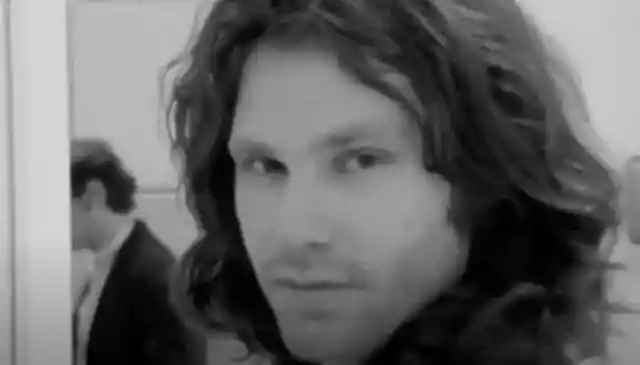
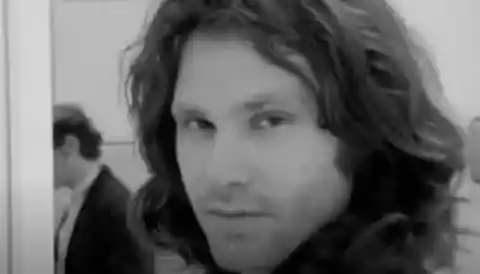
Morrison went with it, adopting Mr. Mojo Risin' as an alter ego, which we first hear him mention in the song, L.A. Woman. The word 'mojo' and Morrison's presence go hand in hand, with the singer's charisma meaning he could pull the name off perfectly.
Donald Glover - Childish Gambino
Donald Glover is a multi-talented individual, being able to act, perform standup comedy, and make music almost effortlessly. When in music mode, Glover goes by the pseudonym Childish Gambino, a name he came up with with the help of a rap name generator he found online.
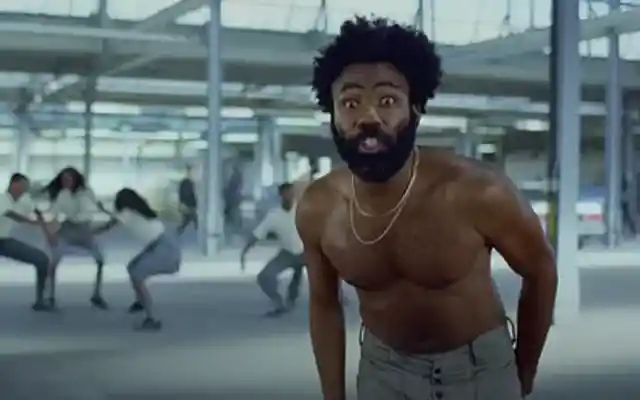
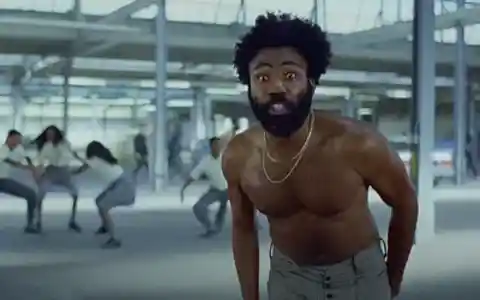
The name stuck and has helped him differentiate his sometimes serious music from his acting career in sitcoms such as Community and Atlanta. Glover has released four albums under the name of his alter ego, to commercial and critical acclaim.
Damon Albarn - Gorillaz characters
Damon Albarn is a prolific and highly versatile musician, constantly searching for new projects to be a part of. However, when you've been a member of a hugely successful band such as Blur, it's likely that you'll forever be compared to your previous work.


This, alongside his friendship with comic illustrator Jamie Hewlett, partly informed Albarn's decision to create a set of characters for his Gorillaz project. Albarn and Hewlett went about creating a set of manufactured characters, including 2-D, who Albarn provides the singing voice for.
Tupac - Makaveli
Tupac is a rather unique addition to this list, as he only released music under the pseudonym of Makaveli after his death in 1996. The Don Killuminati: The 7 Day Theory was the first and only Tupac record to be released under this name.
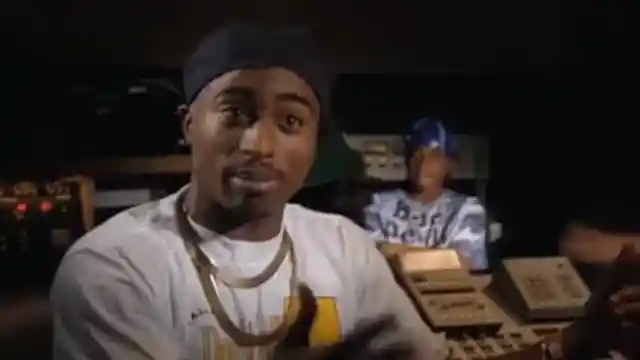
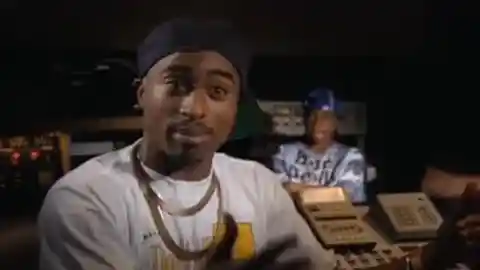
The name Makaveli is a tribute to the 16th Century Italian writer, Niccolò Machiavelli, author of The Prince, which Tupac read during his time in prison. He was known to have idolized the characters in the book and what they stood for in life, doing anything you can to achieve your goals.
Green Day - The Network
Occasionally bands can get fed up with the type of music they create, or the genre they have been typecast into. This is why, in 2003, Green Day decided they would step into the world of electronic, synth-heavy music.

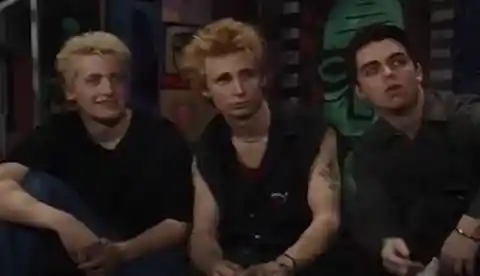
Not wanting to alienate their mainly punk fanbase, the band went under an entirely new name, The Network. Each member of the band adopted a new stage name and concealed their identities by wearing masks and changing up their accents.
Madonna - Esther
In 2004, before Madame X had ever been imagined, Madonna had created another alter ego named Esther after a biblical Jewish queen. The singer had decided that it was time to associate herself with a different name as she entered a different stage in her career.


She took her newly-named self out on the Re-Invention tour the same year, although the name Esther didn't stick for long. The name would half-return around half a decade later, when Madonna gave birth to her daughter, whom she named, Estere. Close enough.
Caleb Followill - Rooster
Caleb Followill of Kings of Leon is known to fully embrace the rockstar lifestyle, occasionally taking it a little too far. For the moments when he fully slips out of control, the Sex on Fire singer decides to refer to himself as a different person altogether.


The rest of his band first gave Followill the name Rooster during one of his early alcohol binges. It's not a name Followill is eager to embrace, as he claims Rooster is a cruel, drunken alter ego that he hates.
Garth Brooks - Chris Gaines
Wanting to escape to a genre a bit cooler than country, Garth Brooks decided to grow a soul patch and release an album under the name Chris Gaines. His alter ego Gaines was a moody, alternative rockstar, rather than an arena-sized country act.


It may have been the music, or it may have been the beard, either way, the Chris Gaines album flopped, leaving many fans unconvinced that there was a future for Brooks away from the southern states. It wasn't long before Brooks had returned to country music with his tail between his Levi's.
Britney Spears - Mona Lisa
To Britney Spears, her 2004 song Mona Lisa represented more than just another song in her catalog. She had begun to claim the name as her own, preferring for others to call her it when she was in a bad mood. Leonardo Da Vinci would have been turning in his grave.
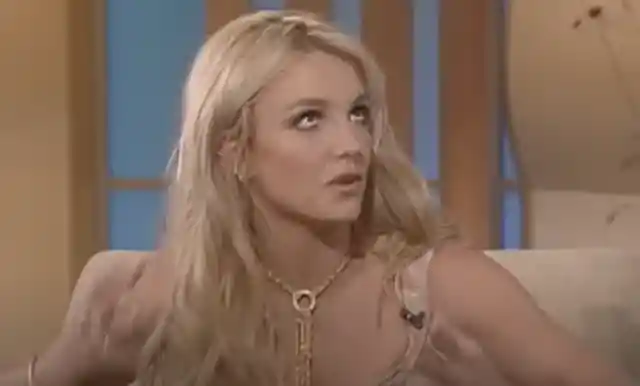
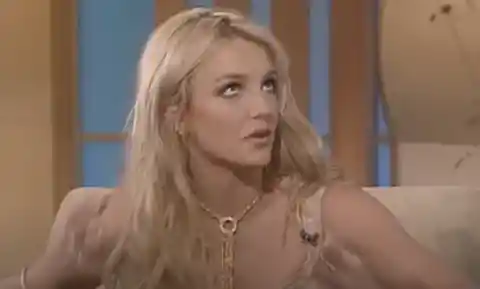
Britney said in an interview, "When I feel like being mean or busting people around to get something right, it's kinda easier to be called Mona Lisa than Britney". It really does feel that the Mona Lisa moniker was a deflective method used by Britney to trick people into not feeling personally attacked by the singer.
Shakira - She Wolf
Shakira is another musical star to reach for an alter ego in order to bring out her more animalistic side. The Colombian singer opted for the wolf, or a 'she wolf' as she puts it. She fully leant into the role, naming a song and entire album after her new character.
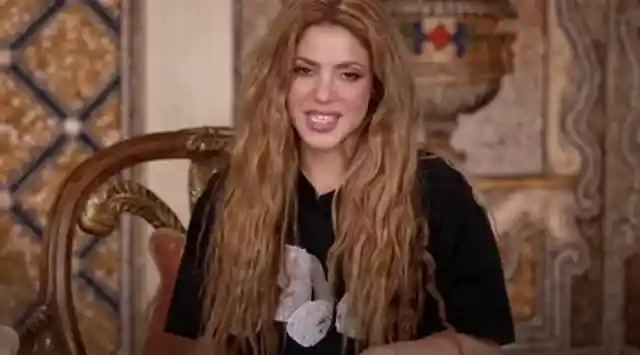

The album and its title single were indeed animalistic, injecting a further level of sass into Shakira's work. She showed off an even more intense level of dancing in the accompanying video, which was widely praised by music critics.
Norah Jones - Maddie
Norah Jones is known for her soft, jazz-inspired musical style, but her trademark bluesy comfort zone eventually temporarily lost its appeal for the artist. Jones wanted to bring out a heavier, more energetic side to herself, a feat which she managed by adopting an alter ego.


She renamed herself Maddie and formed a band named El Madmo. Rock Yer Balls Off was their main single, a far cry from Jones' breakout hit Come Away With Me. El Madmo didn't take off, but they likely never intended to.
Mary J Blige - Brook-Lynn
Mary J Blige occasionally goes by the name Brook-Lynn, as she believes it allows her to display the nastier side of her personality. She thinks that Mary is too nice, and too intelligent, while Brook-Lynn is crazy and ignorant, without a care.
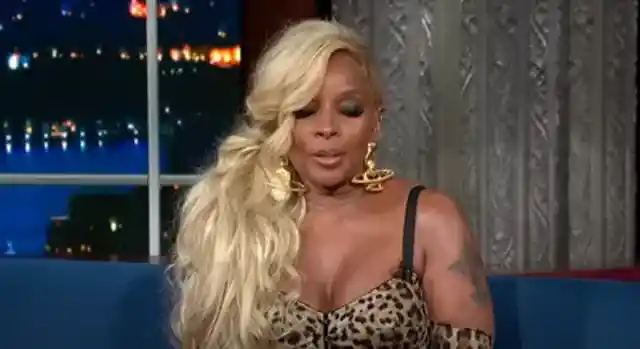
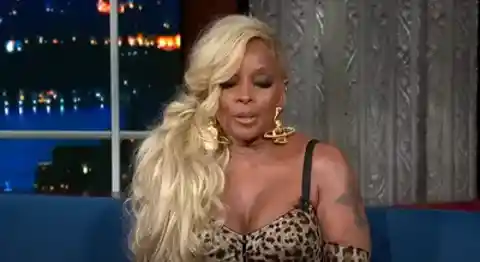
Blige debuted the alter ego in Busta Rhymes' video for Touch It, and has frequently brought her back out for songs involving raps, rather than Mary J Blige's traditional style of R&B and soul music. Maybe one day fans will be treated to a full Brook-Lynn album!
Nicki Minaj - Roman Zolanski
Part of Nicki Minaj's appeal is her ability to change her style, appearance, and musical tendencies. One of her alter egos is Roman Zolanski, a fast-talking, gay British man, with an accent that can't exactly be deemed to be traditional.


The character appears in multiple Nicki Minaj songs, as well as tunes by Trey Songz and Eminem. Minaj has also tried her hand at being Roman's mother, Martha. Zolanski is just one of many Minaj alter egos, with a Wikipedia page even having been set up to try and keep count of all of them.
Christina Aguilera - Xtina
Christina Aguilera wanted to move away from her teen-pop reputation in 2002, adopting a new alter ego, Xtina. The aim of Xtina was to show Aguilera's seductive side, as her name change was followed release of songs such as Dirrty, and the Stripped album.
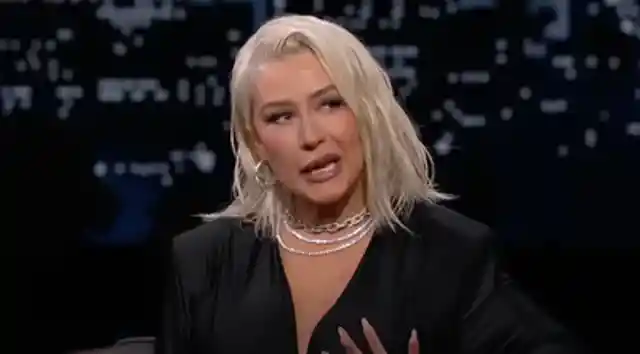
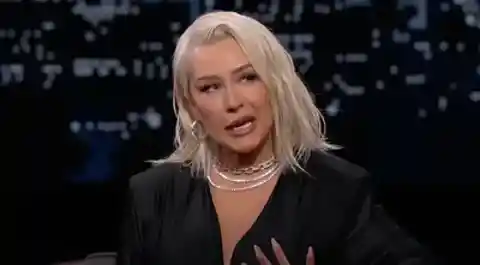
Although it was a commercial hit, Aguilera's Stripped album was criticized by many for its over-use of sexual connotations, but it essentially did everything that Aguilera intended it to do, as she was no longer regarded as a teenybop icon.
My Chemical Romance - The Black Parade
My Chemical Romance found their biggest breakthrough with their third studio album, The Black Parade, a rock-opera concept album focusing on a cancer patient and their subsequent death. It marked an advancement in the band's writing and recording and is still loved today.
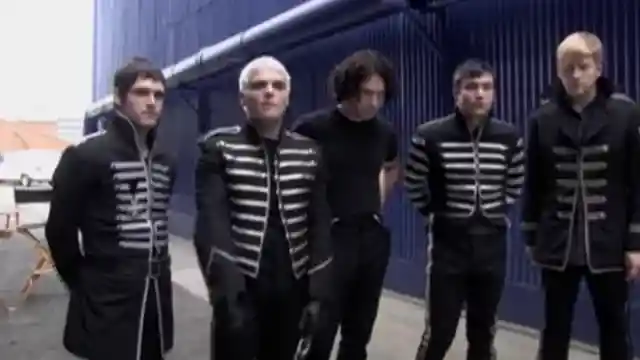
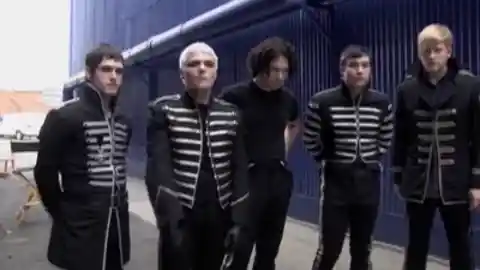
Part of the album centers on a fond memory of the dying patient, which is seeing a marching band when they were younger. My Chemical Romance decided to become said band for the duration of the album promo and tour, wearing full black military-style outfits.
Snoop Dogg - Snoop Lion
Ten albums in and Snoop Dogg was clearly trying to refresh the diminishing enthusiasm fans felt towards his music. To do so, he not only released a reggae album pretending to be a Rastafarian, but also did it under a new name, Snoop Lion.
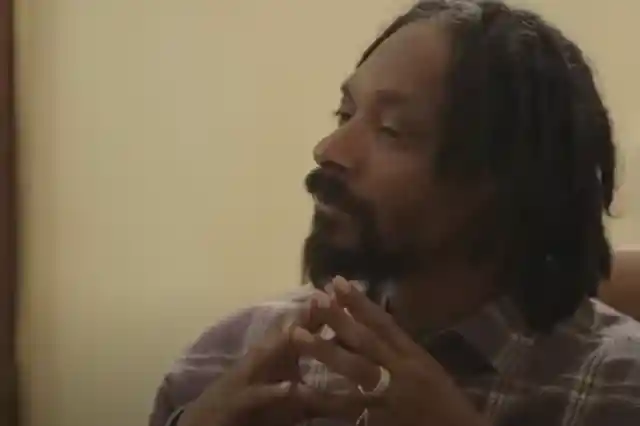
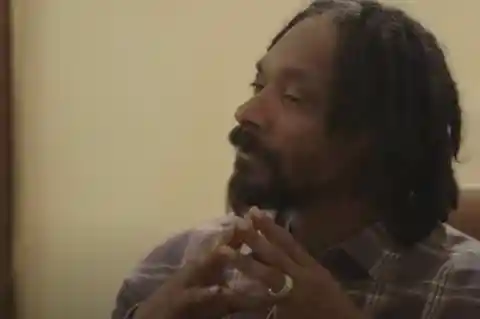
The name never really stuck and the album didn't perform commercially in the way that he had expected and hoped. He was widely criticized for his persona, especially by the Rastafari Community. He still won the Best Reggae Album Grammy, though.
Lady Gaga - Jo Calderone
To promote her single Born This Way, Lady Gaga was brainstorming ideas with her team about what crazy stunt she could try and pull off. This led them down the path of turning Gaga into a male model and getting her involved in a magazine shoot.
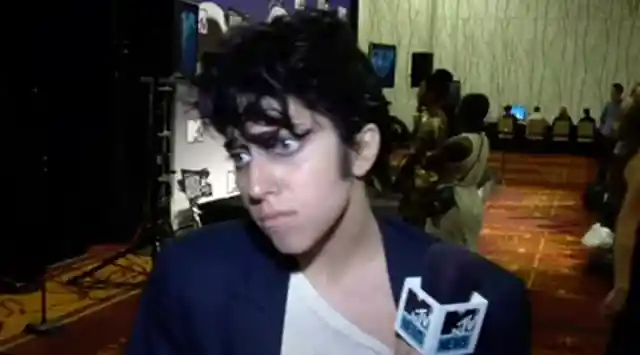
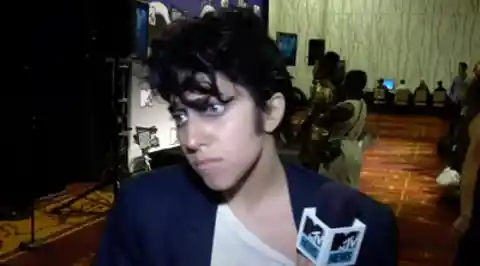
The character they created was called Jo Calderone, a slight, moody male with big black hair, almost reminiscent of Bob Dylan in his early years. Gaga's team didn't reveal her identity until a whole three months after the pictures were released.
David Johansen - Buster Poindexter
Once his glam-rock band the New York Dolls had broken up, David Johansen wanted to distance himself from the project, so he removed his makeup, put on a tuxedo, and started to croon lounge songs, to surprising success.
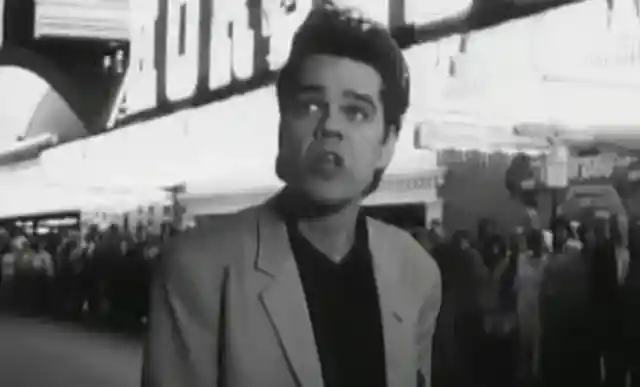
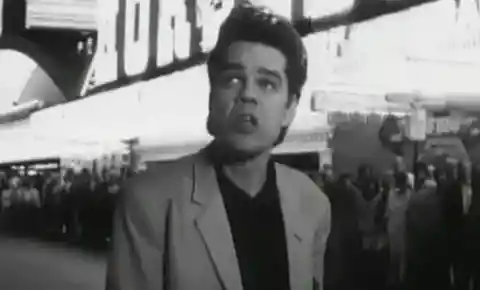
The facade wasn't to last though, as Johansen soon got bored with his new invention, eventually packing it in and releasing music under his own name. He later rejoined the New York Dolls a number of years later, in 2004.
Tyler the Creator - Igor
Most alter egos are temporary, which is also the case for Tyler the Creator. The rapper invented Igor, a heartbroken man in the center of a love triangle. The theme of the album is semi-autobiographical, if not slightly over exaggerated.
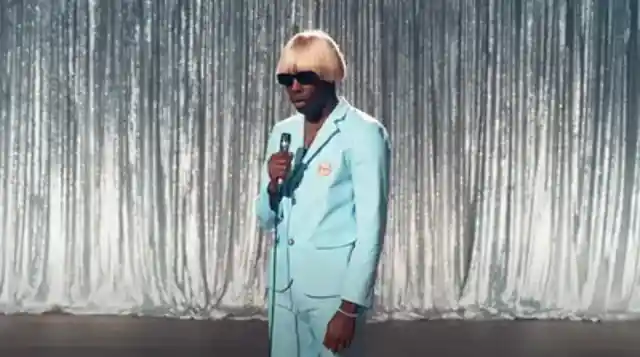
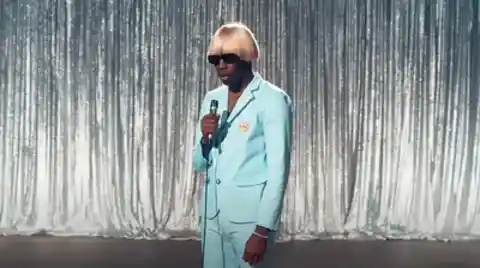
Tyler didn't have to do much aesthetically to create Igor, adding a blond wig and putting on a pale suit. The Igor album proved to be Tyler's most successful of his career so far, even winning the Best Rap Album Grammy.
Mariah Carey - Bianca/Mimi
If you think that one Mariah Carey is enough for this world, just wait until you find out she has two alter egos. One of them is called Bianca, a supposedly English character who just so happens to be Carey's arch nemesis.


Her other alter ego is called Mimi, a bit more of a traditional alter ego-type figure, who supposedly allows Carey to feel free from the restraints of being herself. Mimi was the subject of Carey's 2005 album, The Emancipation of Mimi.
Hank Williams - Luke the Drifter
American music old-timer Hank Williams' alter ego Luke the Drifter is a very wholesome example of an alter ego, and how they can be used for good in this ever-darkening world. The Drifter is described as a genuinely lovely man, aiming to do good for everyone he meets.
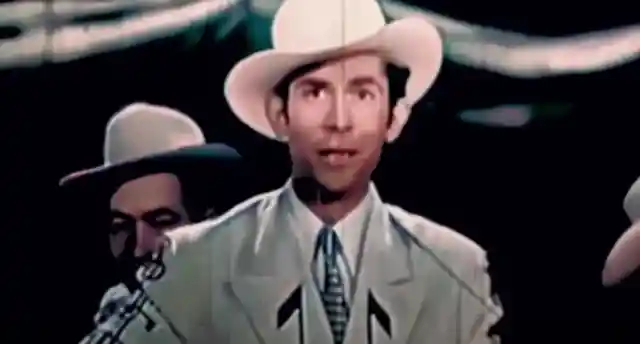
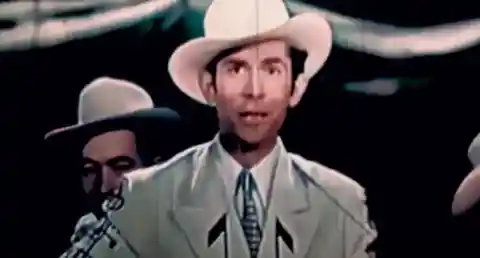
Williams was given this nickname, which he heavily expanded on, because of the religious-driven songs that he was writing. He used the nickname to hide his identity so that the radio DJs wouldn't know the songs were by Mr. Williams himself.
Kool Keith - Dr. Octagon
Kool Keith was so cool that he invented 58 different alter egos throughout his long rap career. One of these was Dr. Octagon, a time-traveling gynecologist, first mentioned in Keith's 1995 single, Earth People. It was the '90s, you could get away with anything.
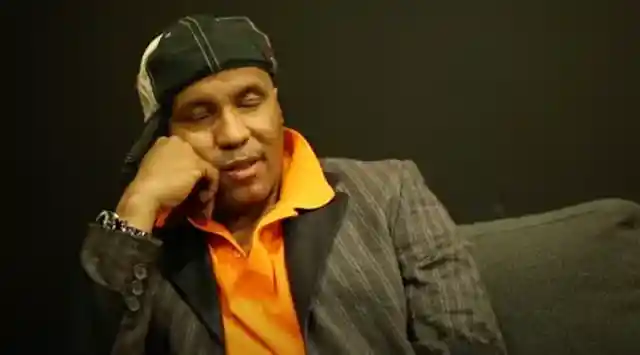
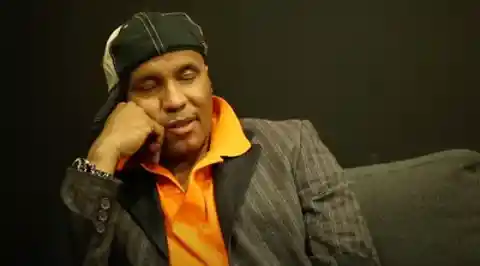
In 1996, Keith released his album Dr. Octagonecologist, which was regarded as a milestone moment for underground hip-hop. Despite the character's obvious success, he never saw the light of day again, and was replaced by 57 other figments of Keith's mind.